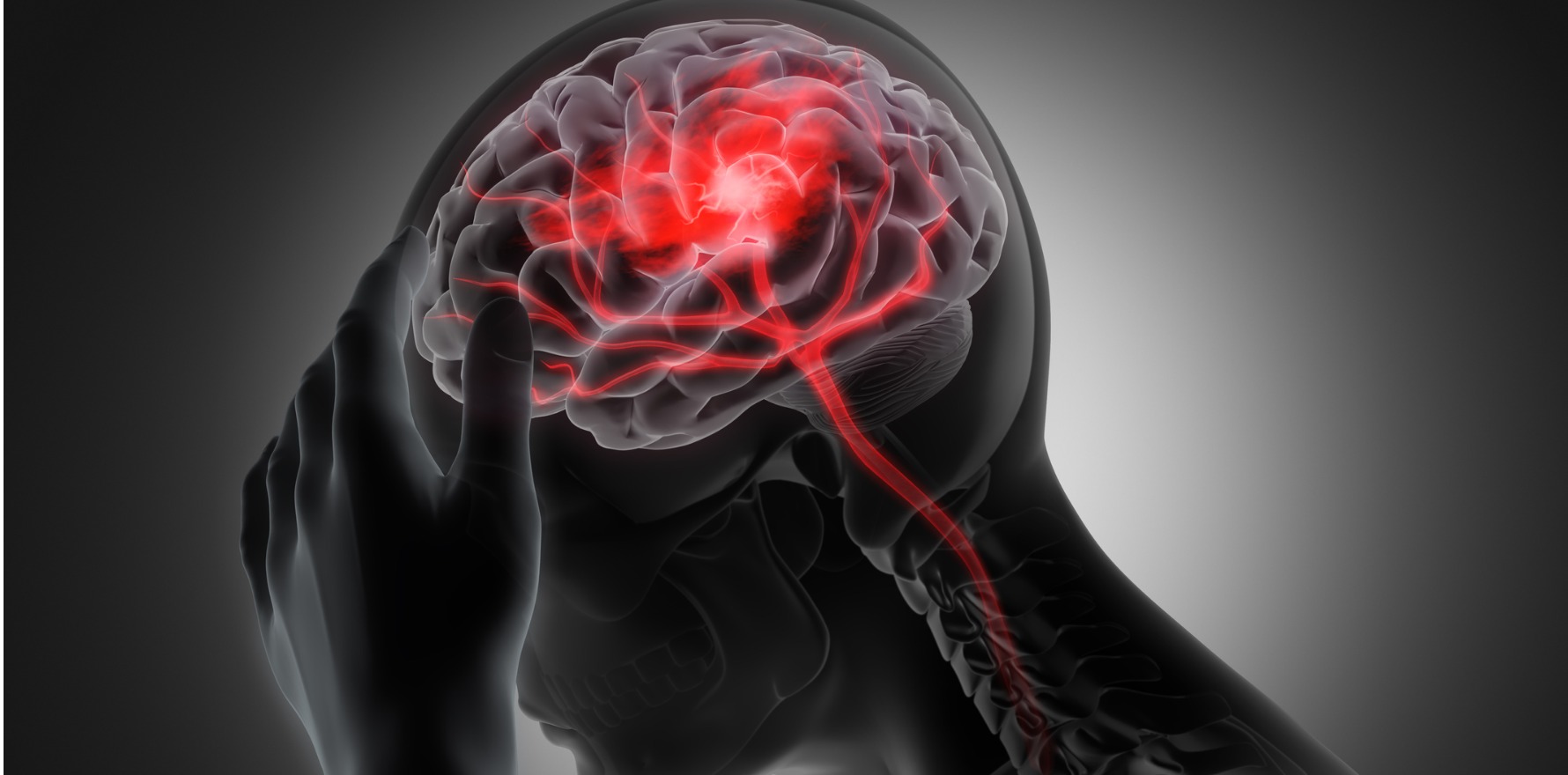And good old ibuprofen is the second most effective drug for 24 hours of pain relief, researchers say.
Triptans are more effective than the newer migraine drugs lasmiditan, rimegepant, and ubrogepant, research suggests.
The most effective drug for “sustained pain freedom” up to 24 hours was eletriptan followed by ibuprofen, according to the systematic review and meta-analysis including 137 randomised controlled trials and almost 90,000 participants.
The study in the BMJ also found that eletriptan was the most effective drug for “pain freedom” at two hours.
Eletriptan 40mg is available over the counter in Australia while higher dosages are available on prescription.
The international study compared 17 medications commonly used to treat migraine. The study did not include monoclonal antibodies.
“For sustained pain freedom up to 24 hours, the most efficacious interventions were eletriptan (odds ratios from 1.41 to 2.73) and ibuprofen (odds ratios from 3.16 to 4.82),” the researchers said.
“Our findings showed that some triptans – namely, eletriptan, rizatriptan, sumatriptan, and zolmitriptan – had the most favourable overall profiles in terms of efficacy and tolerability,” the researchers said.
“These four triptans were more efficacious than the most recently marketed drugs lasmiditan, rimegepant, and ubrogepant, which, based on our results, showed efficacy comparable to that of paracetamol and most NSAIDs.”
Lead author and Oxford University professor of psychiatry Andrea Cipriani said: “The best performing triptans should be considered as the preferred treatment of choice for migraine episodes owing to their ability to induce rapid and freedom from pain,”
The researchers added that triptans were greatly underused among people with migraine. “Access to the most effective triptans should be promoted globally and international guidelines updated accordingly.”
Carl Cincinnato, chief operations officer at Migraine & Headache Australia and the Brain Foundation, said rimegepant was the only one of the three drugs to be approved in Australia but it was not listed on the PBS. Lasmiditan has not been submitted to the TGA.
Ubrogepant was approved by the TGA but the submission to the PBAC was knocked back, he said.
“The grounds on which it was knocked back were such that the manufacturer, from my understanding, will not be making a resubmission, which is disappointing,” Mr Cincinnato told TMR.
“At the end of the day, it means Australians will have less choice and availability than American counterparts when it comes to treating and managing migraine.”
Mr Cincinnato said triptans should be the first medication prescribed to patients diagnosed with migraine.
“Triptans have great evidence and overall, a good technical protocol. Some people respond, and some people don’t. There’s no treatment that works for everyone. So having a wider range of treatments available for people is a good thing for people with migraines.”
However, triptans were subject to medication overuse, he said.
“You can get rebound headaches if you’re overusing them.
“Many patients haven’t been educated about medication overuse and can slip into that dangerous spiral of medication and rebound headache until it increases to a daily migraine. That can be very difficult to break.
“It’s different in every person, but generally speaking if you’re having more than nine triptans a month for three months or more, you’re at risk of medication overuse headache and rebounds.”
Related
The gepants (small molecule CGRP receptor antagonists), particularly rimegepant, have not been found to cause medication overuse, he said. “In fact, the more you use it, the better it works.
“Having an all-in-one medication that can serve both as an acute treatment to abort an attack as well as a medication that can help prevent future attacks feels like a pretty significant step level change in medicine.”
Mr Cincinnato said monoclonal antibodies were a new generation of effective preventive medications but “they don’t help absolutely everyone”.
“About a third of people will respond really well to them, another third will get some kind of response, but not comprehensive, and then a third of people won’t respond at all.”
Mr Cincinnato said there were no figures on rates of triptan use in Australia. But in the US, only around 12% of people who experience migraine will see a doctor, get an accurate diagnosis and have recommended treatment.
“That’s in the US, where you could argue there’s more headache specialists per person with migraine, more research per capita, there’s a lot more infrastructure. The figures in Australia, I would expect, would only be worse.”





